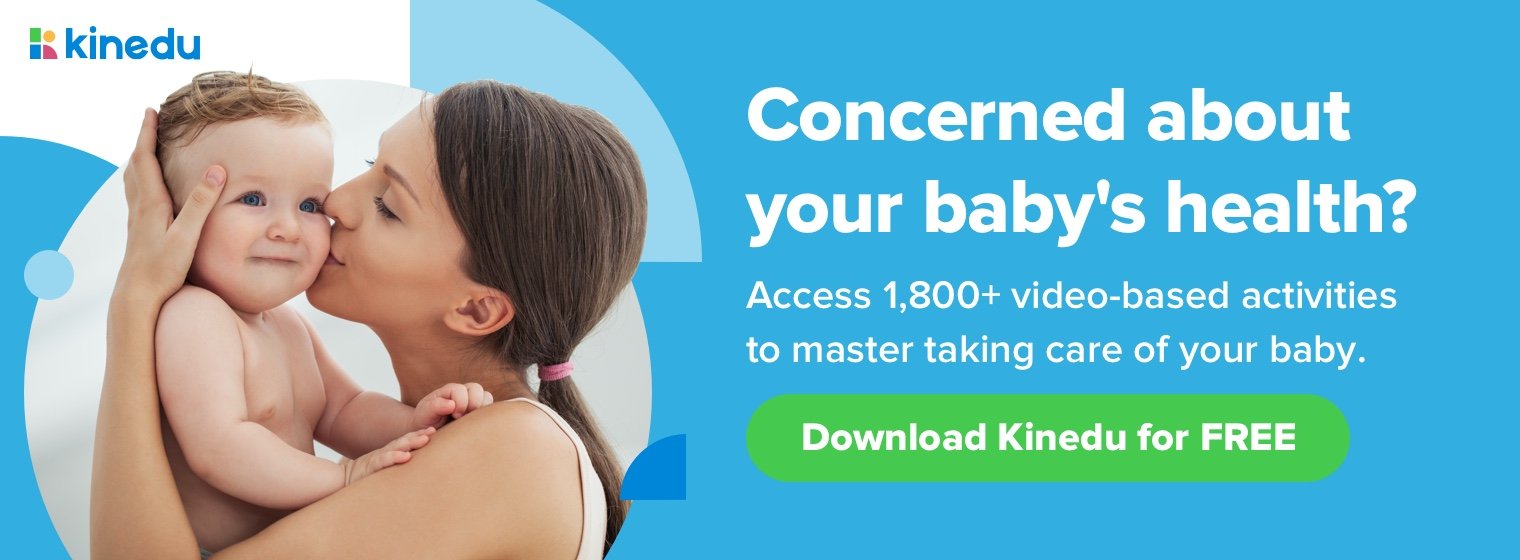Key Points:
- Pacifiers are beneficial for babies for the first six months of their lives, but the risks might outweigh the benefits after age two.
- Pacifiers provide a calming effect, can be used for pain relief, and can reduce the risk of SIDS.
- Pacifiers should be properly cleaned and not used as a substitute for food.
- The use of pacifiers after age three is associated with a higher incidence of malocclusion, and it’s important to use one-piece pacifiers and not tie them to cribs.
As parents, sometimes it’s hard to know if or when to give your baby a pacifier. Overall, around the subject, there are mixed opinions as to whether pacifiers are beneficial for babies or not. Keep reading to learn more.
All babies are born with a non-nutritive sucking reflex. Even before they are born your baby might be sucking their thumb inside your belly. Once they’re born, your child will learn that sucking means food. Also, sometimes they will seek their hands or the pacifier to suck and find comfort.
According to the American Academy of Pediatrics, pacifiers do not cause any medical or psychological problems, so it’s okay to give one to your baby to satisfy their need for sucking. Nevertheless, it’s important not to use the pacifier to delay meals.
For the first six months, pacifiers are beneficial for your little one. However, later on, the risks might outweigh the benefits and increase once your kid turns two.
Some benefits of the use of pacifiers are:
- They provide a calming effect and have been used for anxiety prevention.
- They’re used as a key method for pain relief in newborns and infants younger than six months undergoing minor procedures in the emergency department.
- They can work as comfort or distraction for your baby.
- Studies show that giving a pacifier to infants at the onset of sleep reduces the risk of SIDS.
Important things to keep in mind
- Pacifiers should be properly cleaned and replaced regularly to avoid bacteria, infections, and to maintain good hygiene.
- It’s important not to use them as a substitute for food.
- Pacifiers are not for everyone. If your little one doesn’t take it, it’s probably not for them. Don’t try to force them to use it if you notice they don’t like it.
- After six months the pacifier can change from a non-nutritive sucking object to an object of affection that gives your little one a sense of security.
- It’s recommended to introduce the pacifier after breastfeeding habits are well established, generally within the first weeks.
- The use of the pacifier can be a hard habit to break, removing it might cause your little one anxiety. Some alternatives include singing, rocking, and listening to soft music. For youngsters, you can try activities, toys, or other objects of affection.
- Consistent findings show that the use of the pacifier after 3 years of age is associated with a higher incidence of malocclusion.
- Use one-piece pacifiers, since two-piece models can break and become a choking hazard.
- Don’t tie the pacifier to your little one’s crib since it can become a hazard.
- Try to have extra pacifiers, since they can fall in the street, floor, or get lost.
- They come in different sizes and shapes, try different kinds until you find the right one for your little one, always keeping in mind to look for a one-piece model.









4 Responses
I was taught during my antinatal classes that using pacifier for the first six(6) month for those with exclusive breast feeding is no ideal for the baby.
Hi, Rosemary! The American Academy of Pediatrics only recommends to wait for the introduction of pacifiers for breastfed babies until the breastfeeding habits are well established, which may occur within the first weeks. Nonetheless, our content team will review the information. Thank you!
Well apparently this article is only written for those who have ‘sons.’ Would it kill you to be more inclusive? It’s 2021. Figure it out!
Hello, Erin! Thank you for your comment. The articles published on the blog vary in the use of pronouns, being assigned randomly. If you open this article directly from your Kinedu app, the article will be personalized. If you have more comments or questions, feel free to send an email to hello@kinedu.com ! We’d love to hear your thoughts!